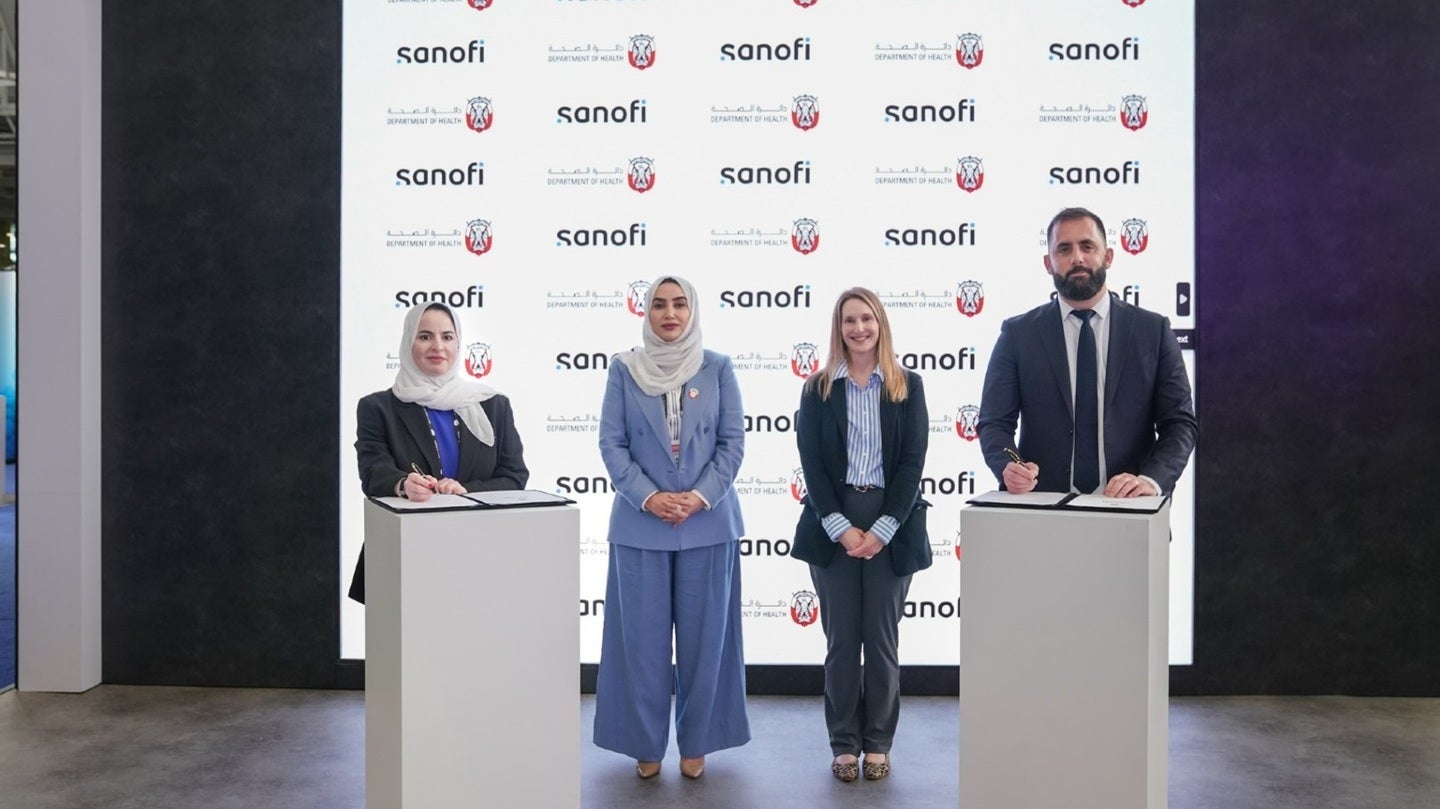Expanding Access to Virtual Reality Technology
A groundbreaking advancement in virtual reality (VR) technology has emerged from the University of Waterloo, where a team of researchers has devised a novel approach designed to significantly enhance the accessibility of VR for individuals with mobility impairments. This development addresses a critical gap in the domain of immersive digital experiences, where typical VR applications […]


A groundbreaking advancement in virtual reality (VR) technology has emerged from the University of Waterloo, where a team of researchers has devised a novel approach designed to significantly enhance the accessibility of VR for individuals with mobility impairments. This development addresses a critical gap in the domain of immersive digital experiences, where typical VR applications demand wide-ranging and vigorous physical motions that many users with disabilities find difficult or impossible to perform. The research introduces MotionBlocks, an innovative toolset that customizes game controls to the specific physical capabilities of each user, thereby paving the way for a more inclusive virtual reality landscape.
Traditional VR games such as Beat Saber and Space Pirate Trainer require players to execute large, dynamic movements, including exaggerated arm swings and swift lateral steps, which are often incompatible with the physical constraints experienced by wheelchair users or those with limited upper-body mobility. These demands restrict the participation of many potential users, effectively excluding them from social interactions and entertainment experiences integral to modern VR platforms. By tackling this challenge head-on, the Waterloo team has not only enhanced gameplay accessibility but has also addressed the vital social inclusivity dimension associated with VR technology.
The core innovation of MotionBlocks lies in its ability to remap and reinterpret user inputs within a three-dimensional space, allowing users to select and customize geometric motion patterns that align with their available range of motion. Rather than forcing players to conform to predefined movement protocols, MotionBlocks lets users define simple shapes—such as a small circular motion confined to the desk surface—which can then be algorithmically translated into the larger, required gestures that the VR applications expect. This flexible motion translation mechanism effectively bridges the gap between user capability and in-game demands.
Dr. Johann Wentzel, the lead author and a recent PhD graduate in Computer Science at the University of Waterloo, emphasizes the significance of this technological leap in democratizing access to virtual environments. He highlights that VR is not only an entertainment medium but also a vibrant social space, especially for younger demographics. By enabling users with disabilities to engage fully, MotionBlocks counters systemic exclusion and nurtures digital communities that are representative of diverse physical abilities.
The researchers undertook a rigorous, multi-phase methodology to design and validate MotionBlocks. Initially, they conducted detailed workshops and interviews with ten participants experiencing various mobility limitations. These sessions were instrumental in grasping the practical barriers faced when interacting with conventional VR systems and in gathering user requirements for an adaptable control mapping solution. This direct user engagement ensured that the design priorities centered on real-world accessibility challenges rather than theoretical assumptions.
Following these user insights, the team developed the MotionBlocks system architecture, which fundamentally alters how VR platforms process controller input data. Unlike conventional remapping functions found in many video games—which often only allow button reassignment—MotionBlocks incorporates a geometric and kinematic modeling approach. This approach interprets motion trajectories within a customizable 3D coordinate frame, enabling nuanced and responsive control adaptations that respect individual movement restrictions while maintaining in-game functionality and immersion.
Professor Daniel Vogel, a faculty member at the David R. Cheriton School of Computer Science, elucidates the technical underpinnings of the system. Users can configure motion templates reflective of their movement capacity, such as a limited hemisphere or planar slice, and associate these with the larger-scale gestures required by popular VR games. For example, a modest wrist rotation in a wheelchair-bound user might translate into the sweeping arm motion needed to interact with virtual objects or game elements. This dynamic remapping fosters not only greater inclusivity but also reduces fatigue and potential strain by aligning controls with natural motion patterns.
Extensive user testing was conducted in collaboration with eight of the original participants to assess the performance, usability, and enjoyment factors when using MotionBlocks in active gameplay. The feedback was overwhelmingly positive, with users reporting not only increased comfort and reduced physical tiredness but also a profound sense of being genuinely considered in the design of VR experiences. This validation underscores the potential of MotionBlocks as a paradigm-shifting intervention in accessible digital entertainment.
The team’s research was formally presented at the prestigious CHI Conference on Human Factors in Computing Systems in Japan, marking a significant milestone in the intersection of human-computer interaction and accessibility technology. While there are currently no immediate commercial plans to release MotionBlocks, the creators hope the concept will inspire VR developers and system manufacturers to incorporate similar adaptive motion remapping capabilities directly into their platforms, thereby broadening the reach and inclusivity of VR technology universally.
This development aligns with a growing recognition within the tech industry of the need for accessible user interfaces that accommodate the diverse spectrum of human abilities. As VR continues to expand into fields ranging from education and therapy to social networking and entertainment, innovations like MotionBlocks will be crucial in ensuring equitable participation and enjoyment. By bridging technical complexity with user-centered design principles, the University of Waterloo team has set a new benchmark for accessibility in immersive technologies.
In conclusion, MotionBlocks represents a critical step towards democratizing access to virtual reality by offering customizable and adaptable control schemes that honor users’ individual mobility constraints. By seamlessly translating limited physical movements into expansive virtual gestures, this tool not only empowers users with disabilities but also enriches the collective digital experience. Looking forward, widespread integration of such motion accessibility features promises to redefine how VR platforms embrace inclusivity, ensuring that virtual worlds are truly open, engaging, and welcoming to all.
Subject of Research: Accessibility in Virtual Reality for People with Mobility Limitations
Article Title: MotionBlocks: Revolutionizing Accessibility in Virtual Reality through Customizable 3D Motion Mapping
News Publication Date: Not specified (Research presented April 26 to May 1, 2025)
Web References: https://johannwentzel.ca/projects/motionblocks/index.html
Image Credits: University of Waterloo
Keywords: User interfaces; Virtual reality; Diseases and disorders
Tags: adaptive game controls for VRempowering individuals with disabilities through technologyenhancing VR for wheelchair usersimmersive experiences for disabled usersinclusive gaming for disabilitiesinnovative VR solutionsMotionBlocks technologyovercoming physical barriers in gamingsocial inclusion in virtual realityuser-specific VR customizationVirtual reality accessibilityVR for mobility impairments
What's Your Reaction?


































